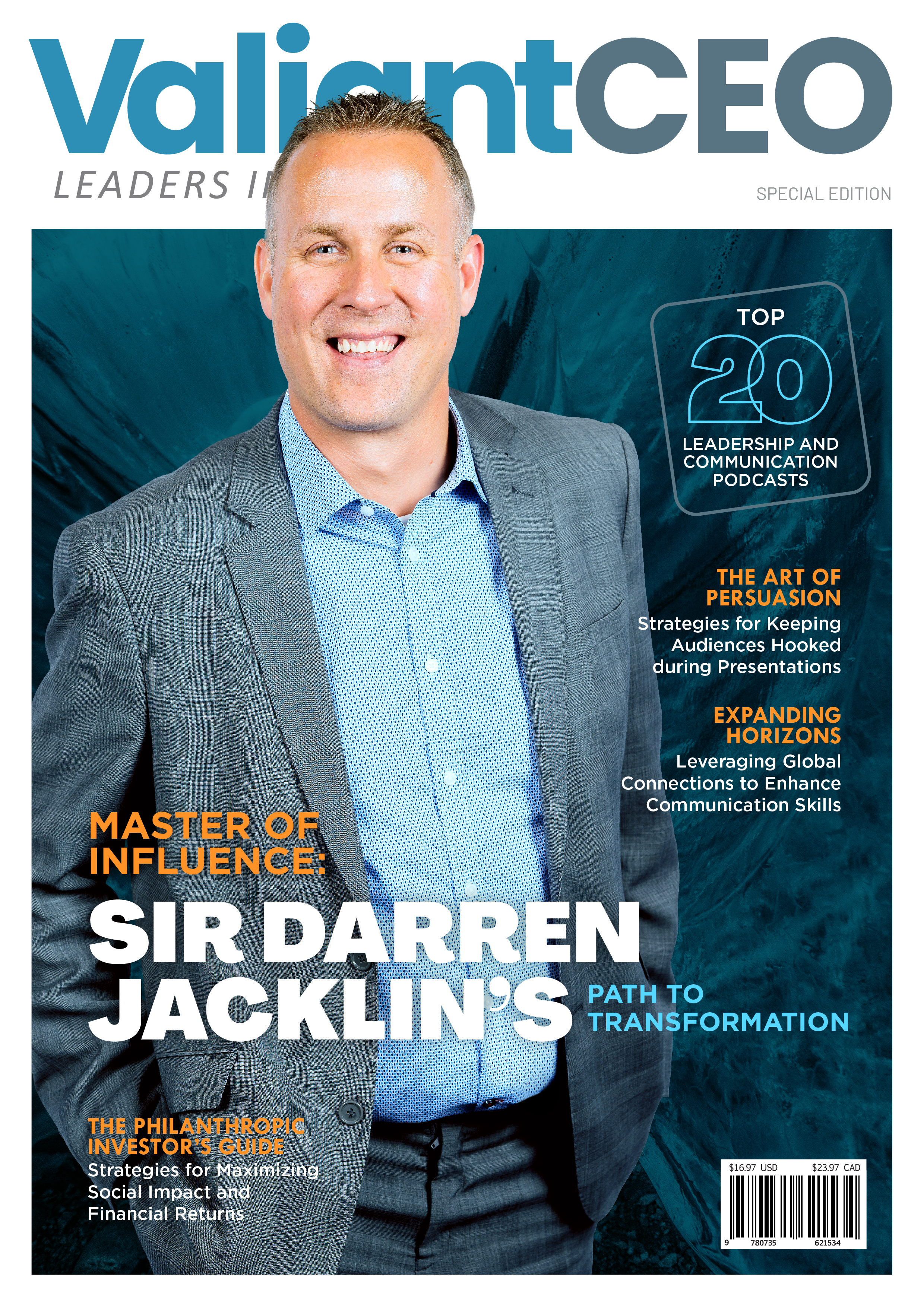October 21, 2020 5 min read
Opinions expressed by Entrepreneur contributors are their own.
Customer champions are a tremendous asset for any organization. In most cases, people are far more interested in reading about your customers’ experiences than straight marketing materials. Customers are more relatable, and they’re more credible, too. People want to hear from their peers before they buy your product or service. This “social proof” is the power that guides decision-making at sites like Yelp and Amazon.
Related: Are You Sitting on a Customer Retention Goldmine?
Why customer champions are exceptionally powerful
Trust is a critical plank in any marketing platform, since people do business with those they know, like and trust. A solid customer champion program will help you build trust and credibility. After all, it’s easy for you to talk about how great your product or service is, but you aren’t exactly an objective third party. That’s why customer references, testimonials and success stories are so powerful. They provide prospective customers with a view into how your product or service has produced results in a real-world context.
Related: 3 Keys to a Highly-Effective Content Marketing Strategy
Six ways to promote customer success
An effective customer reference program gives your company more than just trust and credibility. It also can drive media coverage, provide great marketing content and help close sales faster. To accomplish this, there are many different formats and opportunities available for your customer champions to describe the experience and results they’ve seen with your product or service. The best choices for your company will depend on your target prospect personas and the interests of customer advocates.
1. Online Reviews – These types of free opportunities, on sites like G2 Crowd and Gartner Peer Reviews, let customers share their experience with your company. Asking for and receiving feedback from customers helps in two ways. First, it reminds those customers why they like working with you, leading to retention. Second, positive feedback from customers encourages prospects to pull the trigger and choose you.
2. Case Studies – Case studies that bring the customer story to life are an essential tool for marketing and sales teams because they generate demand and engage with leads. They can be particularly effective in the consideration phase of the buyer’s journey. A visually compelling document or video showcasing how you’re helping customers address their real-world pain points and achieve ROI can help prospects with their purchasing decision. Case studies include not just social proof but statistics and other measures that demonstrate the value of your offerings.
3. Media Briefings – Just like prospects, the media needs third-party validation. Tech and business journalists will often ask if you have a customer they can speak too. Setting up interviews between your customer and industry journalists to provide real-world anecdotes for articles can earn tremendous credibility and visibility for your brand. It also offers your customer champions a chance to showcase themselves as forward-thinking industry leaders and look good in front of their peers.
4. Press Releases – A well composed announcement publicizing your customer’s success story, the new abilities they’ve gained with your offering and the results they’re seeing is a great asset for marketing and sales teams. Not only do press releases provide positive air cover for you and your customers’ innovation; they also can be promoted across channels –including social media and email outreach – to drive targeted leads back to your website.
5. Awards – Many award opportunities are available for the purpose of showcasing how customers are achieving success with your offering. By acknowledging your excellent work, awards can help drive business for both your company and the customer who participated in the story or case study that the award was based on. Award recognitions provide third-party validation that can help create competitive differentiators, strengthen reputation and generate publicity.
6. Joint Speaking Opportunities – Whether online or (eventually) in-person, joint presentations provide a platform to both verbally and visually bring customer stories to life in interactive formats. Allowing target audiences to hear your customers’ stories from their point of view through webinars, fireside chats, speaking panels and virtual speaking sessions is a strong way to build affinity and trust.
Related: How to Weave More Empathy Into Your Marketing for Better Connections With Potential Buyers
How to identify and bring customer references on board
Your customers’ workdays are just as busy as yours. So, even though they may love your brand, it’s likely not top of mind for them to promote you. That’s why you can’t be haphazard about gathering customer references. Be intentional; identify and go after your brand advocates. Focus on those whose success stories will inspire others to work with you.
Securing customer willingness to participate can be tricky. It can often be much more difficult to get a firm “yes” to an open-ended request for participation. A better approach is to present specific opportunities to the customer that benefit their reputation as well as yours. For example, perhaps a customer wants to gain market share in a specific industry. In this case, bringing forth editorial opportunities from relevant vertical publications would be a strategic way to align with their goals and enlist their participation.
Everyone’s success
In an era where the average American sees 4,000 to 10,000 company messages a day, trust is what makes the difference between a mere ad and proper lead generation agency. Customer stories resonate with prospects because they offer hard evidence that your value proposition is a tangible one. So, find your champions, find win-win opportunities and create that brand distinction that draws prospects in.







